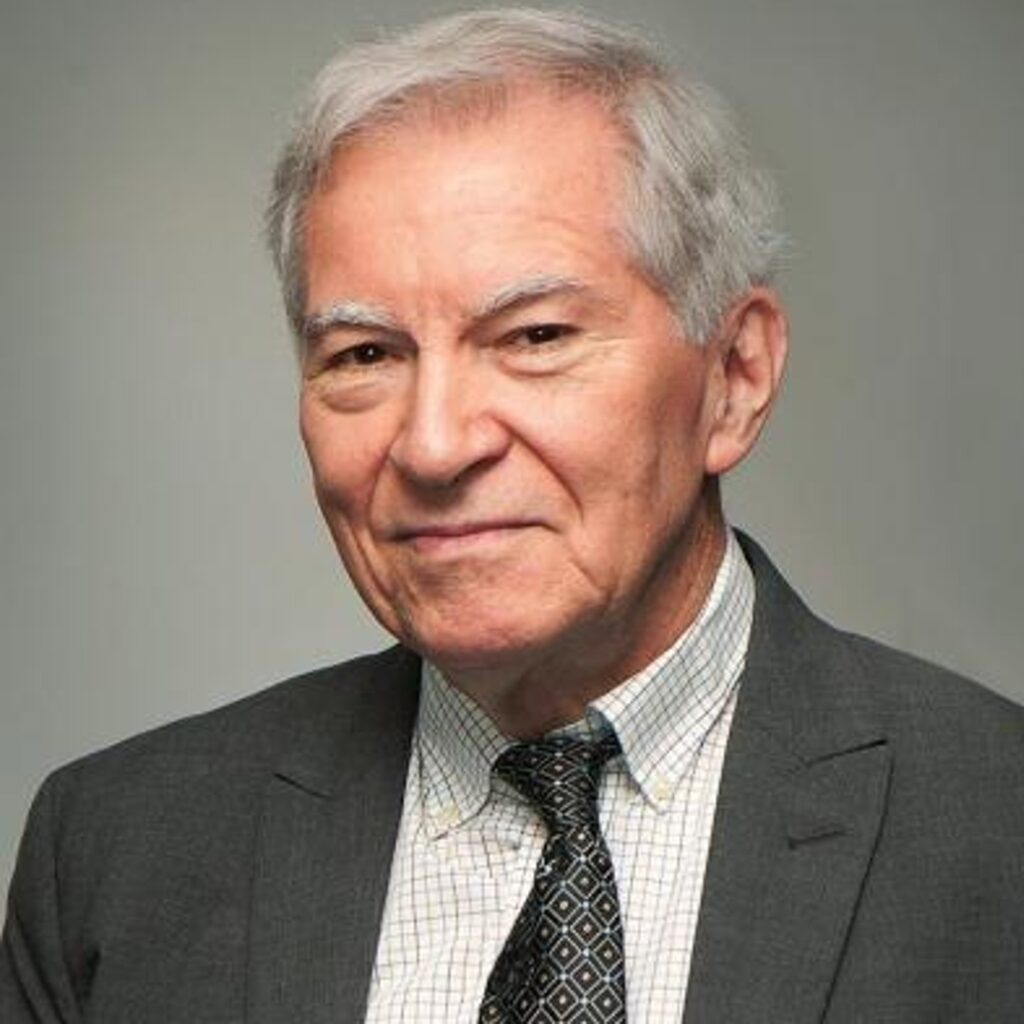Don Richardson (1935–2018) was a Canadian missionary who, in 1962, with his wife Carol and their seven-month-old baby, went to work among the Sawi tribe of what was then Dutch New Guinea in the service of the Regions Beyond Missionary Union. The Sawi were cannibalistic headhunters. The Richardsons lived with the tribe in virtual isolation from the modern world, exposed to malaria, dysentery, and hepatitis, as well as the threat of violence.
Their first introduction was a nervous event. “After he rounded the last bend on the river in a dugout canoe, he saw 400 Sawi cannibals waiting, masked, and in full warpaint, with weapons in hand.” But the Richardsons were received by the tribe because “they’d been hearing for a couple of years very positive reports about unusually tall, unusually pale sickly-looking people called ‘Tuans.’ They’d been hoping that a Tuan would choose to come and live among them. “They were eagerly welcoming us.”
Without any book, teacher or translator, the Richardsons set about learning the native Sawi language, “which was daunting in its complexity. There are 19 tenses for every verb. Don soon became proficient in the dialect after a schedule of 8-10 hour daily learning sessions.” This patient work led to establishing an alphabet and writing a New Testament.
Don and Carol began to share the Gospel, but they faced a huge cultural problem. Not only were the Sawi cannibals and headhunters with no concept of law, justice or punishment, but they strongly valued treachery. Don became more aware of the gulf separating his Christian worldview from the Sawi. “In their eyes, Judas, not Jesus, was the hero of the Gospels, Jesus was just the dupe to be laughed at.” Thus Judas, who treacherously betrayed Jesus, was not the villain but the hero in their culture. They said, “Don, that man named Judas has done even better than us!’”
Facing this cultural rejection of the Gospel story, Don “sat among them praying, ‘Lord, help. I need a gift of wisdom here.’” The solution came in an unusual way. “War broke out afresh among rival tribes. People died outside his door as violence and revenge flared up continuously. To no avail, Don pleaded with the Sawi to make peace. But since they saw treachery as a virtue, no peace talks could be started; no one could trust anybody. Don eventually threatened to leave the tribe. He and his family would leave, together with all the help they offered.
The tribe was upset. They had grown to love their Tuans, and they needed the medicines and the tools. The thought of losing their prized missionary was too much to bear.” The Sawi people in the embattled villages came together and decided that they would make peace with their hated enemies. Ceremonies commenced in which young children were exchanged between opposing villages. One man, in particular, ran toward his enemy’s camp and literally gave his son to his hated foe. Observing this, Richardson wrote: ‘if a man would actually give his own son (“a peace child”) to his enemies, that man could be trusted!’”
It gave Don the perfect metaphor to make the Sawi understand what God had done. Jesus was God’s peace child to remove the conflict between man’s sinfulness and God’s righteous judgment.
The breakthrough came. In time, and with the involvement of several missionary co-workers, many of the Sawi came to Christ. The gospel replaced warring and headhunting with peace and goodwill. Through the years, most of the tribe became Christian and became missionaries to carry the Gospel to their neighbouring tribes.
From that experience, Don argued that, hidden among tribal cultures, there are usually some practices or understandings like the “peace child”. They are “redemptive analogies” which can be used to illustrate the meaning of the Christian Gospel.
Don’s first book, “Peace Child” (Regal Books, 1974), documented the Gospel’s breakthrough among the Sawi people. It immediately became a best seller. A similarly named companion film was made featuring Don and Carol.
“Eternity in Their Hearts”, another book by Don, documented how the concept of a supreme God has existed for centuries in hundreds of cultures around the world. Christians worldwide were inspired afresh by the notion that God has “prepared the gospel for the world” and “the world for the gospel.”
The Richardsons later moved to Pasadena, CA, joining Ralph and Roberta Winter to assist in the founding of the U.S. Center for World Mission. With the emergence of the “Perspectives on the World Christian Movement” course, Don became a frequent contributing lecturer for 40 years before his death in 2018.



